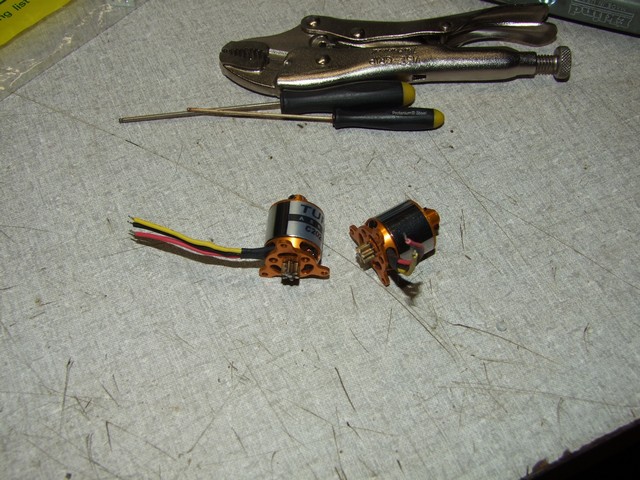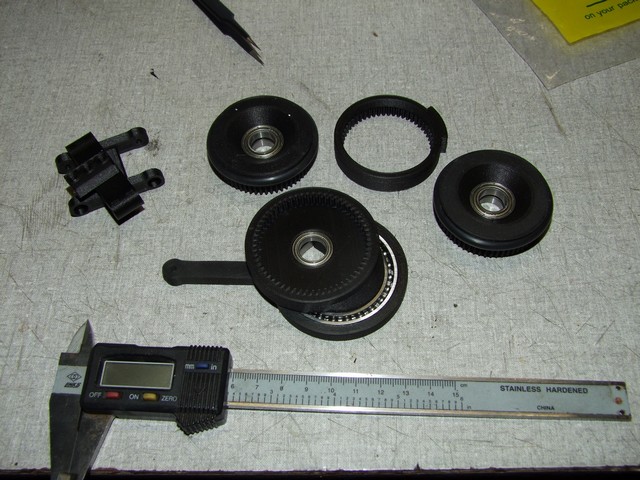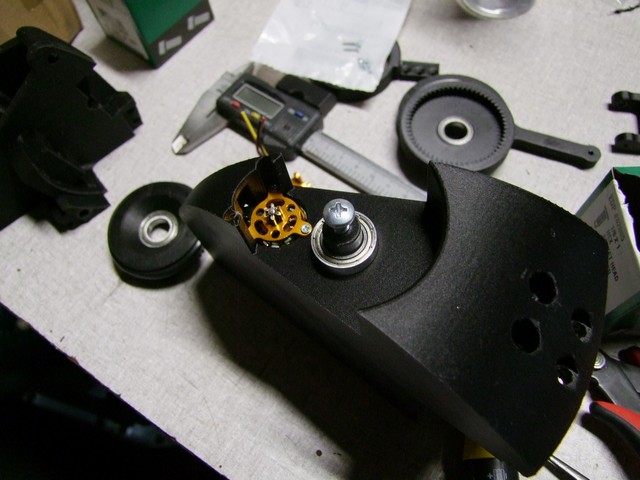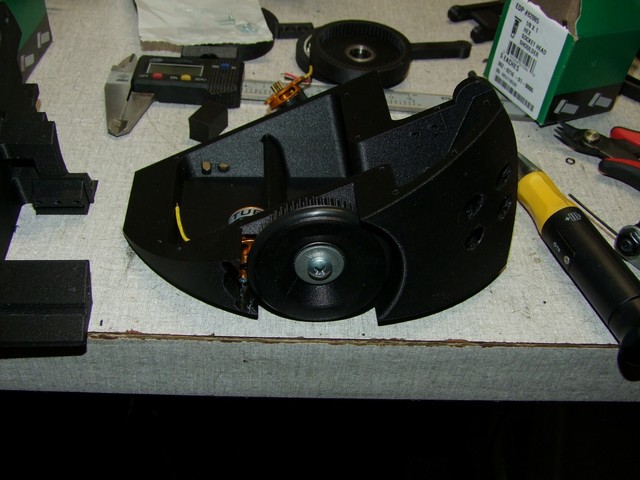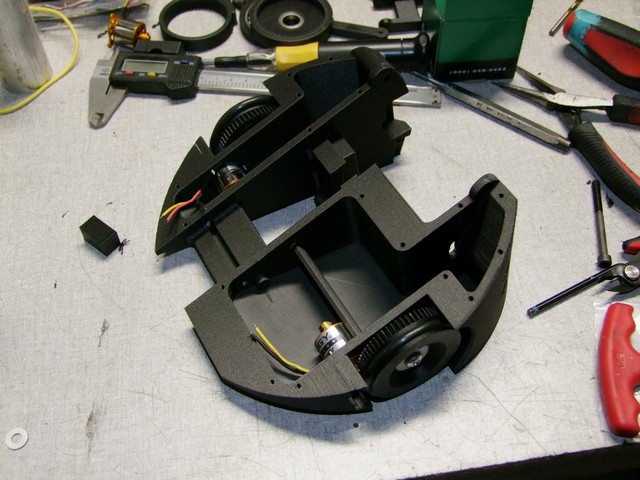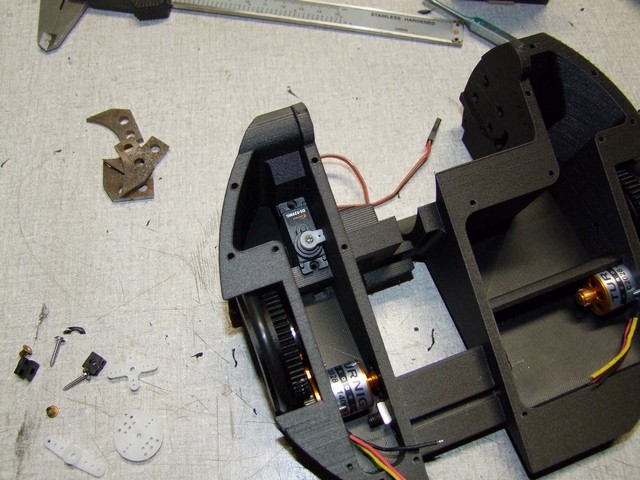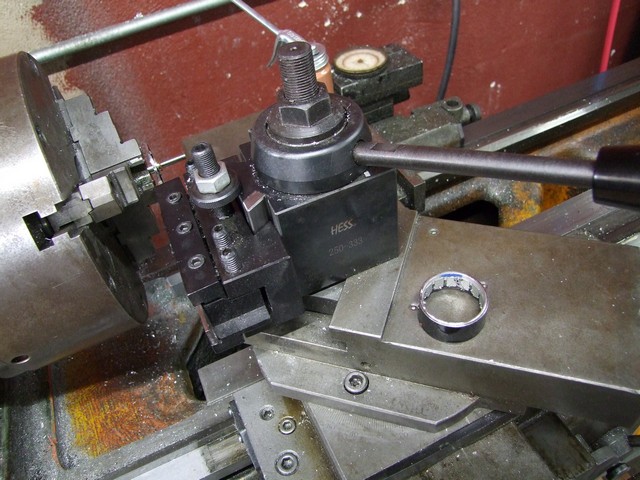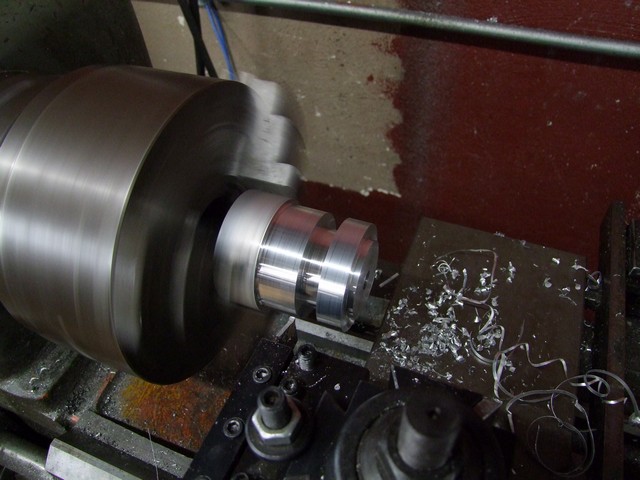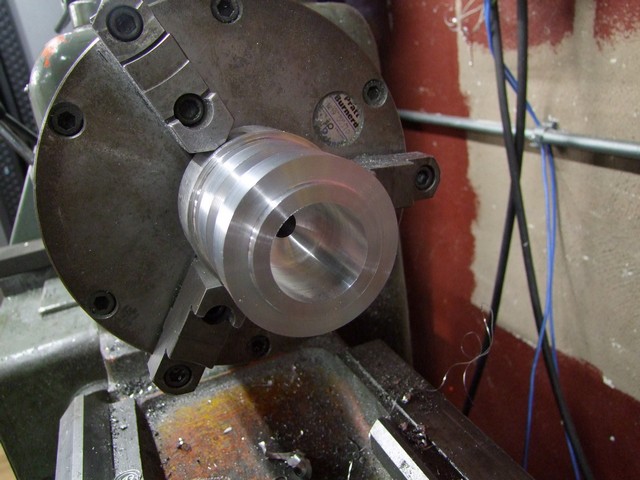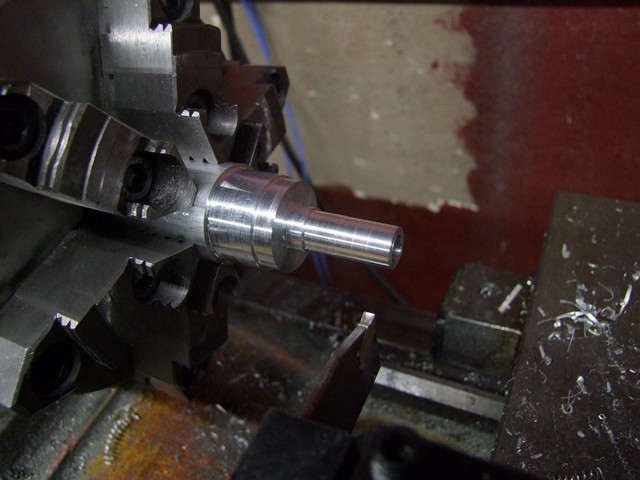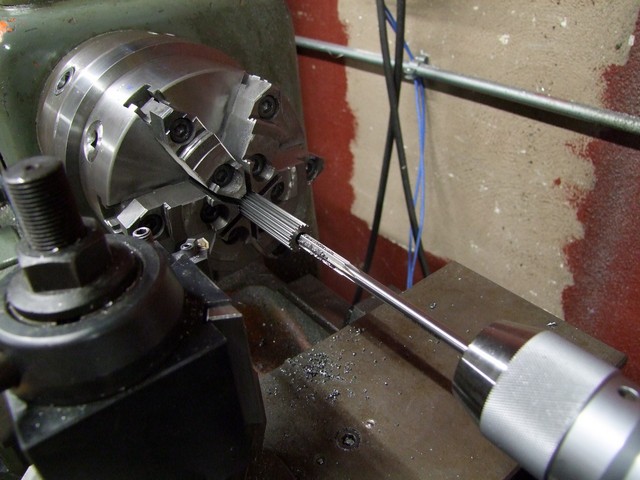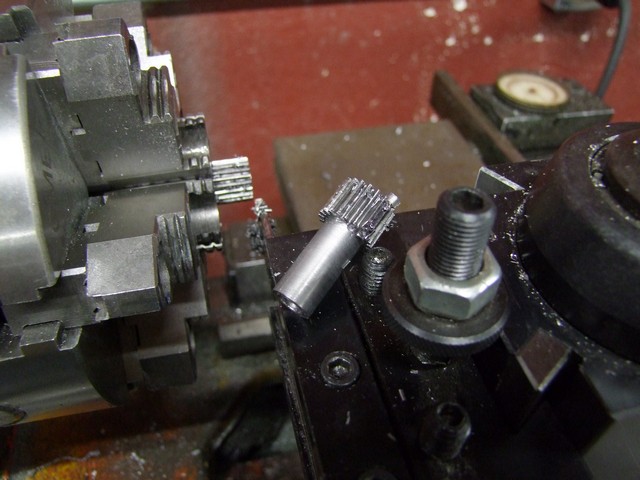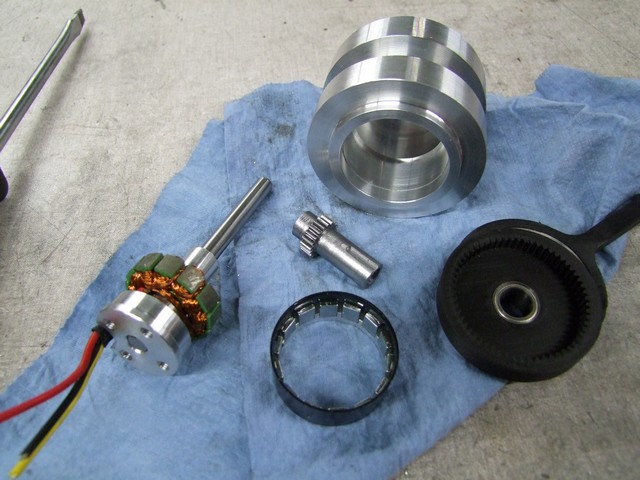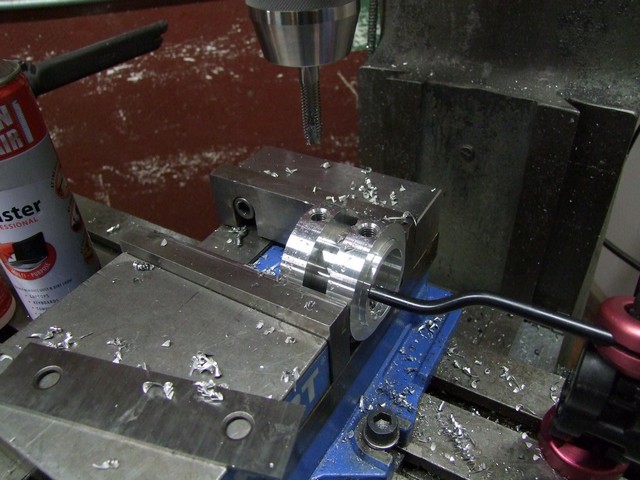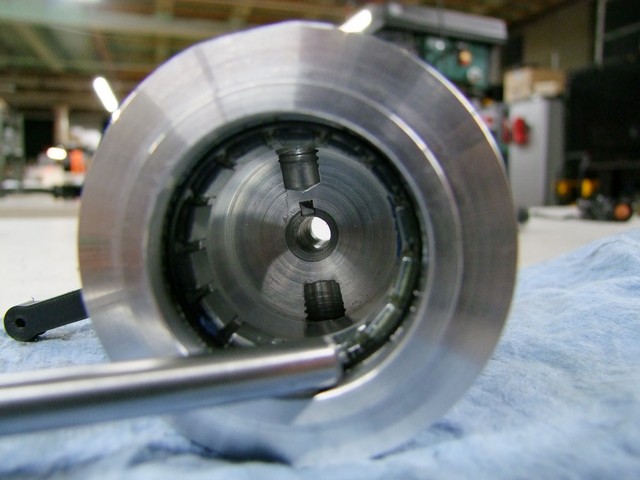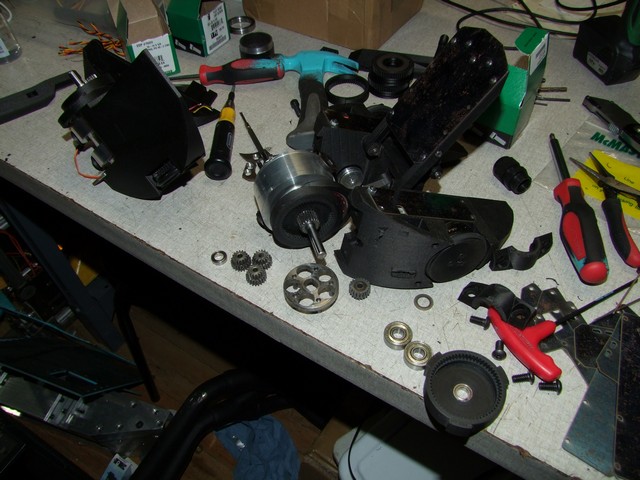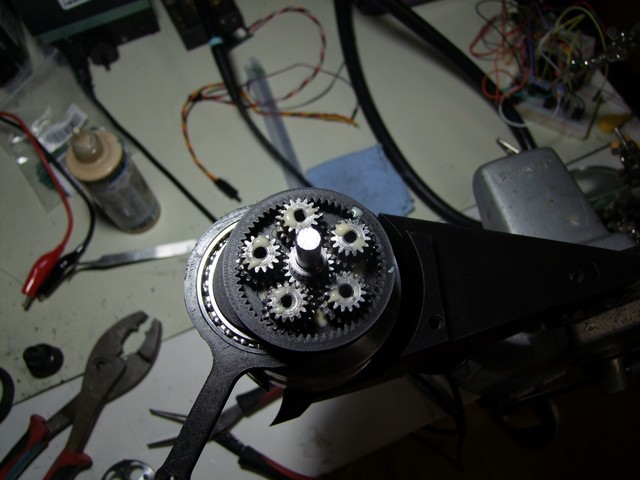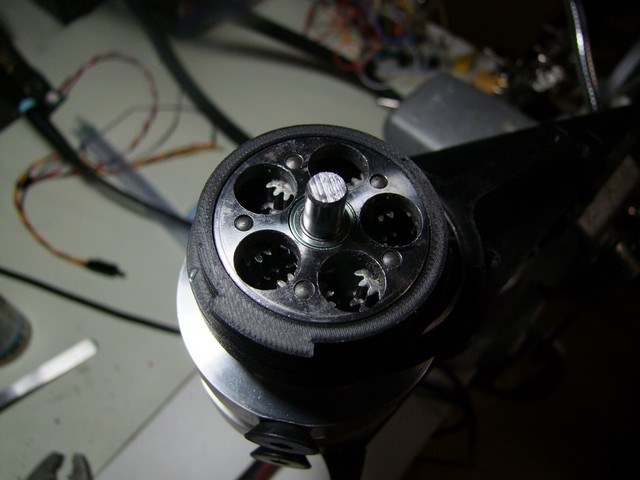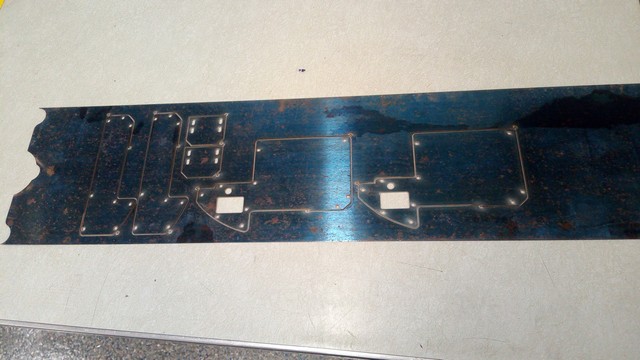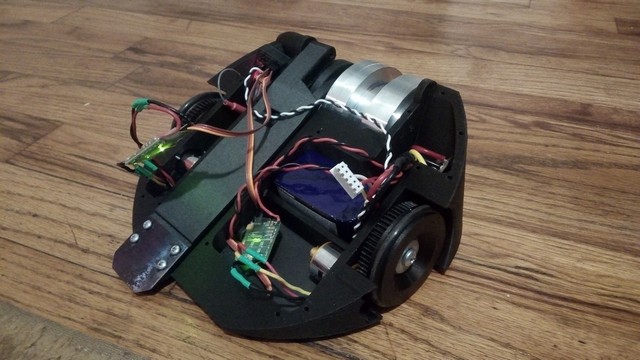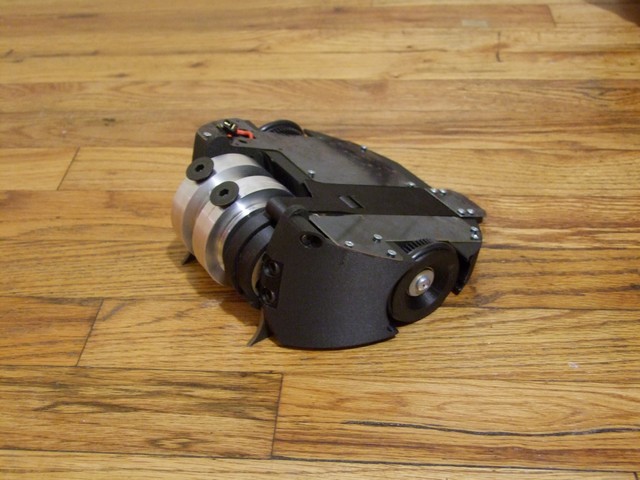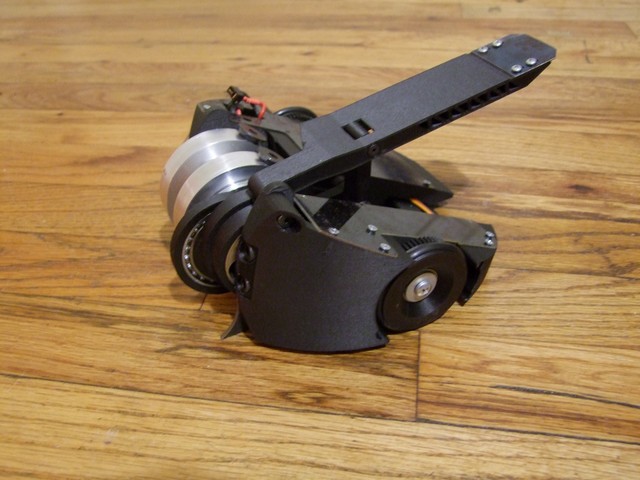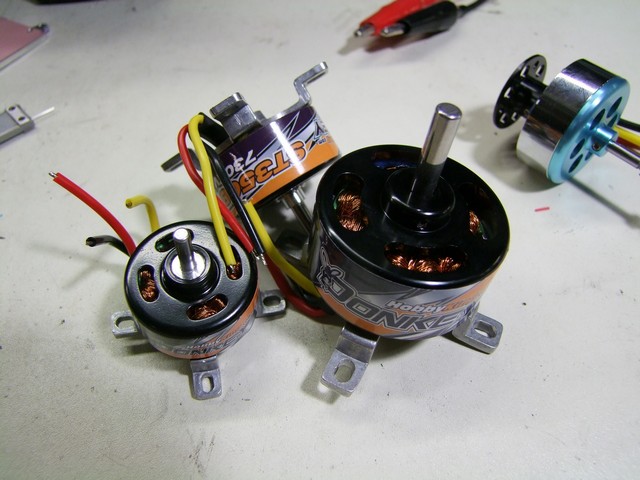It’s time to put a robot together! This post covers the entire fabrication of Roll Cake 3 in the week or so before Dragon Con. The goal of the bot was primarily to try and drive better with an indirect drive brushless setup and also further refine the packaging and action of the flipper linkage. Will it do anything?! Hell if I know, that’s the fun part to discover!
Even as I was finishing up the design the weeks prior, I was pregaming getting parts. Basically as soon as I determined the C2028 motor would fit in the triangle behind the wheels, I went ahead and ordered 3 more since I only had 1 to start with.
I also ordered these OMG THE MOST ADORABLE LITTLE 0.8 MODULE PINIONS EVER THAT COST WAY TOO MUCH MONEY from SDP-SI. I had to go solely by what they sold for 2mm bores in these gears. I wanted an 8-tooth gear to achieve the 8:1 reduction I wanted to get with the wheel gears, but they only sold the 8-tooth with a 3mm bore. So my drivetrain reduction is going to end up more like 10.6:1, which is fine by me – the bot will be too fast no matter what.
The problem with these tiny gears? The 2mm bores were slip-fit, not press-fit! Certainly irritating, but not the end of the world. Already noted for a revision in the future is maybe transitioning to R/C model pinions, such as R/C car transmissions. Those typically come in 3mm or 1/8″ bores.
I used Loctite 609 to stuff the pinions onto the motors in the end – I tried to silver solder one of them to little success – while I’ve managed to solder or braze pinions before, it seems that the steel they used in this motor shaft is an unusually high chromium grade which didn’t want to take with any flux I had on hand.
That was before I melted the pinion completely. Ah well.
Completed drive motors refitted with their shafts, which was a minor press fit job. I also replaced the stock stainless steel prop-saver screws with drilled-out and re-tapped #4-40 set screws. Another minor point of trouble with these motors is that due to their length and the small shaft diameter, it was hard to get these things to spin entirely true again after resintalling the shaft. A shorter motor (more pancakey) will resolve this.
I put the gearbox parts on print in Onyx as soon as I finished the bot design. The two ring gears and main cam linkage (sticking off to the left) have hoops of carbon fiber; everything else just derives strength from a bunch of perimeters. On the very left are the two connecting links between the cam link and the arm. I also made two first-pass prints of the drive wheels, seen here with O-rings.
Frame parts freshly done and needing cleaning. I’d say this is the only irritating part of doing unibody bots for me – picking the support out of difficult crevices. There’s certainly orientations that I can print in for minimal support, but they sacrifice immense strength in the part itself. Both of these frame halves were printed in the orientation shown to give continuous loops in the XY (flat) plane.
In Roll Cakes past, I’ve actually taken to making fiber laps around the frame in this orientation, but with the more recent-ish changes to Eiger, you can change the perimeter and fill with more flexibility such that I just stack on the perimeters.
Otherwise, pull out some injection-molded part design – relatively constant wall thickness and smooth transitions if you can manage it, using ribs and cavities versus just solid massive areas, etc. However, my habit with 3D printed frames is leaving a few bulky areas up front such that they remain somewhat hollow – this acts as a very effective energy absorbing medium. For instance, basically the front inch or so if this bot is solid in the model, which means it’s perimeter plus non-solid infill in real life.
Drive motor installed with some test fitting done on the wheels here. Most of the hardware on Roll Cake 3 is specified as plastic or metal threadforming screws. If you get really fancy, people like using heat-set or tanged flanged inserts in MarkForged prints. However, I like my expediency, so some fat #10 tri-lobe threads will do to hold the wheels on.
Here’s the final drive fitup. The 0.8 Mod (32-ish DP) gears printed perfectly fine. In my experience, this is about as small as you can print reliably because the nozzle diameter still is small enough to go in and out of tooth tips profiles.
Both sides now fitted with drives. The front binding screw is shown sticking out here.
…and now joined together. Already, this thing is way more rigid than last time side to side. Hell, I might as well just ditch the flipper and make it a pure drum :v
The screw length needed to do this assembly were compromises with what I had on hand, so the bot dimensions shifted a little to accommodate them. Roll Cake is in fact not a perfect circle, but slightly squished inwards to yield the rough double-D-flat shape.
I slid in the trigger piece (which has a cutout for the servo arm) first, then I slid the servo into the DMs.
Alrighty, all the easy 3D printed stuff is assembled now. I still have to make a drum and motor, so off to Taki-chan we go!
(Also, check out the waterjet-cut feeder wedges made from leftover Hardox 450 from Overhaul!)
First order of business: separate the motor magnet ring so I can stuff it inside the drum. This can’t always happen cleanly, depending on the motor’s construction. The Donkeys have a single-piece stamped steel rotor, so I simply chucked the shaft in and very carefully parted at the outside corner where the magnet ring area joins the endcap.
With a motor that has an aluminum endcap, it’s often scarier since the parts can separate and self-destruct. Luckily, this operation went very smoothly with higher speed and gentler feed to keep the forces on the rotor low.
Next up is to rough the drum shape. Most of this was easy, but I had to make the dual-disk shape, so I had to cut a valley in the middle. I just went with multiple staggered parting tool cuts to nearly the right shape, then very very carefully and gently made really shallow passes side to side to clean the profile up. Very gentle. These insert tools really should not be taking any side forces. To do this without wallhacking, I’d have gotten a single wider custom-ground HSS tool or something.
Then I bored the drum interior. There’s three stepped diameters – one for the ring bearing, then the magnet ring of the motor, then the “doesn’t matter” internal diameter. For the output side “bearing-stem-gear” I just did a straight drill to 12.0mm since it did not have to be that precise.
Next up: stator holder.
With the aluminum parts roughed out, I decided to make the one odd piece, which is the gear-on-a-stick that will carry the drum energy into the gearbox. This was a pretty easy turning job, but remember, it’s also the other bearing of the whole drum. The center bore, then, had to be 1. a clearance, but not by much, and 2. very clean and precise.
I actually went out and bought a 8mm-plus-0.001″ …. yes, this exists in America…. reamer to make this bore. You read that correctly – it’s a 0.3159″ reamer.
The gear gets a cylindrical boss on both ends eventually. After I finished both sides, I actually had to take a wire brush on an angle grinder to it in order to deburr the gear tooth edges – there were many little burrs and swarf hanging on which would have prevented the gear mate from working.
Parts in the midst of preparation! The stator bore has been drilled and the stem gear keyed on the top surface seen.
Throwing it together for a quick test fit! Here’s where it’s clearly visible that the stem gear skewers the cam ring gear and the cam linkage.
The next task was to drill the tooth holes in the aluminum drum body. I no longer have my old indexing head that made guest appearances in many of my undergrad builds, since I donated it to MITERS years ago. So to make sure I’m able to place the teeth 180 degrees apart, I milled a very shallow flat, then rotated it to sit on that flat, then milled another one.
This ensured I can drill and tap both sides with relatively equal precision. The teeth are just 3/8″-16 alloy cap screws, so they thread right in.
After the drum body was fully fnished, I broached it for a 3mm key – the stem gear is shown here mated to it. The magnet ring pressed into position without much trouble.
Unfortunately, I didn’t have time to make a new set of cluster gears, so I had to take them out of Roll Cake 2. Sad, since I wanted to keep that bot fully operational if I could!
The thought has crossed my mind of hiring out a whole basket of little cluster gears to be made if I’m going to keep evolving this bot.
The catch with these compound planetary cluster-fuck gears is that they have to be assembled at specific angle, or phasing, since there’s a hard relationship between the number of gears and the relative tooth counts. I scratched alignment marks into them when I first put them together for Roll Cake 1, and still use them for reference.
The gray goop I have dripped all over the assembly is liquid bike chain wax. I’ve been avoiding using petroleum-based lubricants like common greases because I don’t want to risk damaging the nylon-based Onyx material from the solvent action. Grease would also add immensely to the no-load drag of the gearbox, which is already a lot happening for a weapon drive.
The planet carrier installs easily after the gears are properly phased in place. It looks from here that there’s a ton of stuff going on, but I guarantee you this is not the case :v
As I mentioned in the design post, this carrier now has its own bearing to support itself. This is a pretty odd (but still apparently some kind of standard) 8mm bore, 14mm OD bearing – very low profile.
The drum drops into place from the front. The service order of this thing is a little suboptimal – to service the drum, I have to disconnect it from the folding linkage, but the central pivot bolt doesn’t rise up out of the body’s central cavity…. so really I have to undo the bottom linkage anchor (those three screws in a row from the CAD model) first, then remove the arm hinge. At least I made sure to make it all serviceable with at most 2 tools this time!
After the drum and arm are mounted, it was time for electrical dressup.
Along with the feeder claws, I cut another insectweight top plate set out of this piece of 1/32″ blue spring steel shim. I bought like 10 feet of this shim some time during undergrad, and have slowly been generating robots out of it since. This thing made its first appearance all the way back in 2009 with Pop Quiz’s rebuild! I’m now on the very last 8-10″ of it after Roll Cake’s parts are accounted for!
For better or worse, picking the parts out of the mother material was one of the last things I did before absconding on 3-day long slow meander down to Atlanta for Dragon Con. On the way, I hit up the Blue Ridge Parkway, like I promised myself I’d do. I only brought Roll Cake and its suite of service tools and a box of parts I think I’d need (mostly electronics), and Overhaul for display. This Dragon Con was going to be a pretty clean show instead of scrambling to take care of a few robots – the reason for this is I was pretty much solo this time, as there was a lot of bad timing involved for the various startups and schemes my friends and I are all involved in.
So what’s better than finishing your bot in the airBnB room when you got into town? Not all that much. I pre-gamed some of the electronics wiring (like battery leads and the like) before I left, so installing the two drive ESCs (AfroESC 12A) and weapon ESC (Spider ZTW 40A with SimonK) was a quick affair. I was able to drive Roll Cake around on the floor to get a gauge for its handling – which is much, MUCH improved over the hub motor drive version.
It’s very quick, but much more maneuverably so than Roll Cake 2, which tended to twitch everywhere. I swear the twitching is better than it was! At least now I could predictably send the bot places, which is an improvement over before!
The flipper geartrain was very tight, though, because I hadn’t had the chance to run it fully in up until that point. It would take several minutes of just running the drum at maximum speed and also a while of keeping the linkage engaged to wear everything in.
Here’s Roll Cake 3 fully buttoned up!
And shown with the flipper linkage at full height. In the next episode, hopefully you’ll get to hear about what it did, if anything!

